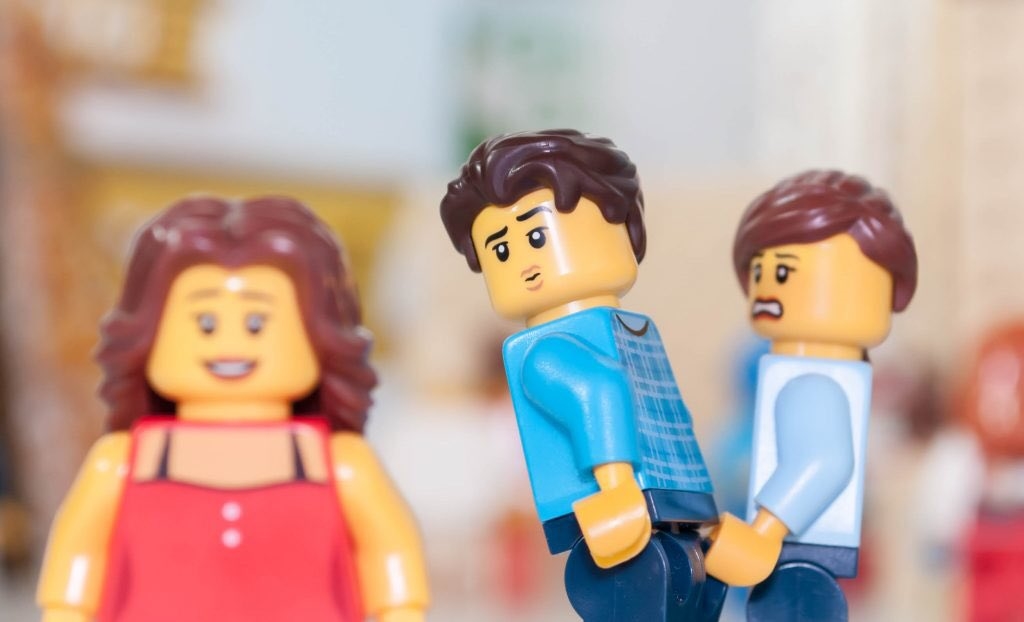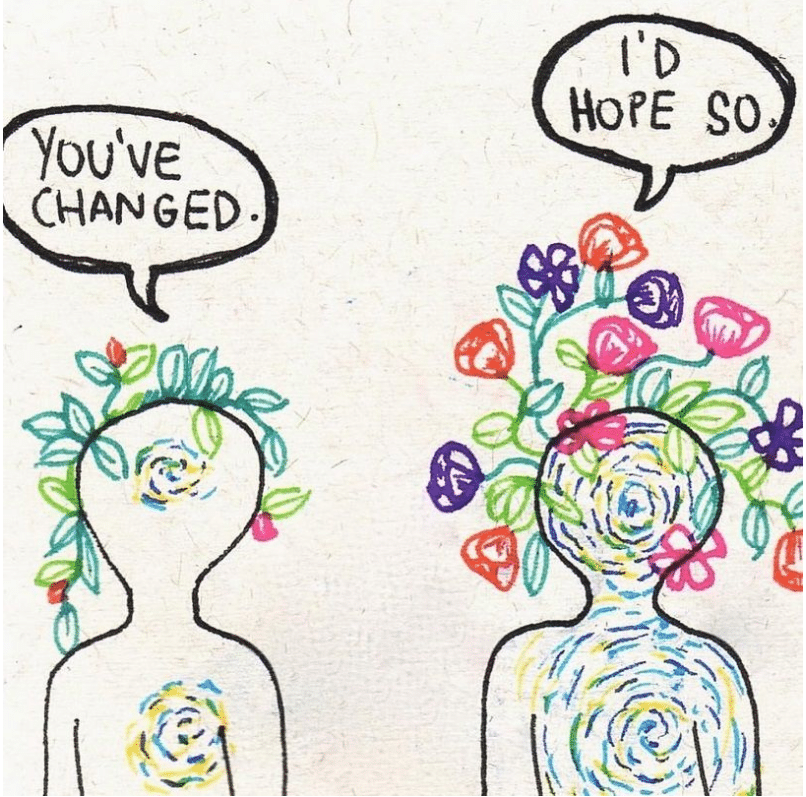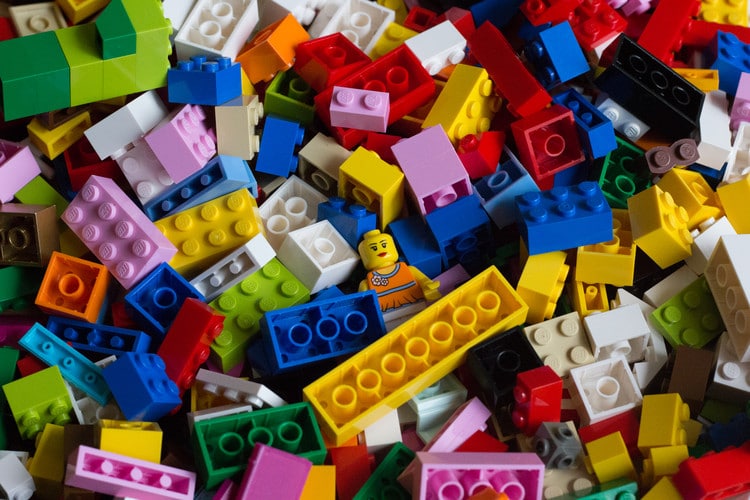#digitalclutter and our 168 open tabs -Part 2 of #LetItGo series
Ok, we made it to Jumanji, Part 2, Level 1. By the time I write this, it’s still early January 2021 (and this is the first time I wrote 2021 ), and I promised to write a series about how to declutter your life and work digitally. This is the second part; if you need to catch up on WHY we keep digital stuff and why it is so difficult (but also most rewarding) to let digital things go, you can read the first part here: https://m365princess.com/digital-clutter-is-evil/
This part is about the tabs in your browser. A lot of our work these days takes place on websites, which means that we live in our browsers and open tabs over tabs to research, procrastinate, get work done, distract ourselves, contact information, log into different platforms, search for stuff we searched already 96 times before and so on. This results in *SOME* open tabs.
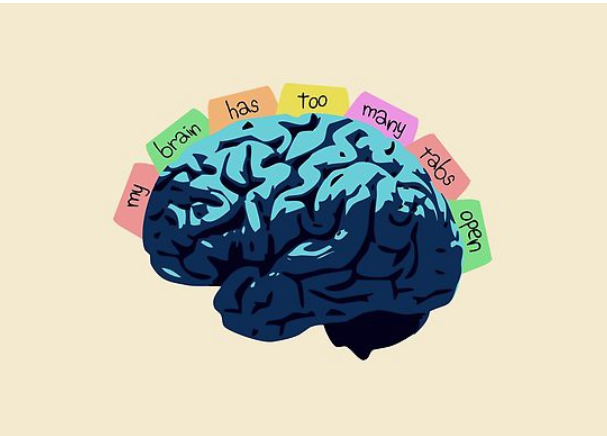
Ok, but what does it matter?
Why should we care if we have 4 or 40 tabs open? Because whatever is open, unresolved, undecided, pending or active, keeps our minds busy. It increases our mental load and sets us under stress, even if we are not aware of it. If we deal with overload for a more extended period, we perceive it as overwhelming as our normality, which means that we drive with the handbrake.
Don’t we all
- rely on all these open tabs?
- buy decent machines with a tremendous amount of RAM so that they don’t overheat?
- love those posts about mental health and letting go and digital detox?
Oh right, the latter was just about me 🙂 Let’s have a look into this working habit of having A LOT of tabs open. Some categories would help us first see what they are to determine if we need them, harm us, or only a better solution to achieve the same goal. In my day-to-day life as a consultant, I never focus on tools but use cases. Let’s try this approach here as well:
tabs we have open while blogging/research
When I researched for and wrote this blog post, I had these tabs open:
- my website m365princess.com, to be able to refer to older blog posts in this blog post easily
- GitHub, as I write my posts in GitHub these days
- Twitter (to be able to make a poll and search what others already said about ‘too many tabs open’ )
- one other tab to do research, like searching for the right image or a quote or googling a fact I can’t remember anymore.
It turns out that I always use this set of tabs when I write a blog post.
tabs we have open to learn
Well, learning, of course, is a good thing. When I learn, I open
- the content site (YouTube, MSLearn, Pluralsight, etc. )
- a website to try out what I learn (Power Platform, Graph Explorer, Azure Portal)
- Twitter to quickly ask questions or express my moments
- one other tab to research, like googling when I don’t know a specific thing that seems to be mandatory to understand the tutorial I am following
tabs we have open for bug fixing
I think this tweet explains everything I could write in a whole paragraph.

tabs we have open because we stumbled upon them and *might* need them later
Well, we are now entering the *just in case* phase. While we were browsing, researching, and looking for inspiration, we found a site that would be helpful- later. We can’t take advantage of it right now (because we need to focus on that other thing we need to get done eventually, but perhaps, in the future, we will get back to that site). We keep it, just in case. Do we recognize that this is the same thing as keeping other digital stuff? Do we realize that even keeping this tab open will keep at least a part of your mind busy? These open tabs distract us, similar to people interrupting our focus work. Does this sound familiar to you?
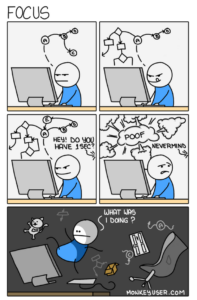
I get it; we want to keep this URL, but we do not necessarily have this tab open.
But what would be a better solution?
Before we can throw tech solutions on people problems, let’s investigate what happens:
- Event: On top, there is the event that is visible to us and attentive to others. In our case: We deal with a tremendous mental load and are easily distracted
- Pattern and trends: underneath the visible event, we could look into the patterns and trends that lead to these events. Here that would be: the more different workloads I need to manage, the more overwhelmed I am
- System that supports these patterns: Let’s now have a look into the system: We need to react quickly to whatever happens, and this reactive working mode puts us in a kind of emergency/attention position which also causes stress and leads to more ineffective work styles
- What is the common belief that holds this system in place: If we now dive deeper into our beliefs, we will conclude that although we are praying that “always-on” is not a solution, that mental health is essential, that it is crucial to set boundaries and that you should have your focus work time actually to get stuff done, we merely don’t act like that. We reply on emails and messages almost immediately, we have all websites always open to quickly jump to other tasks and put tremendous pressure on us with that. But: _Busy ain’t productive!_
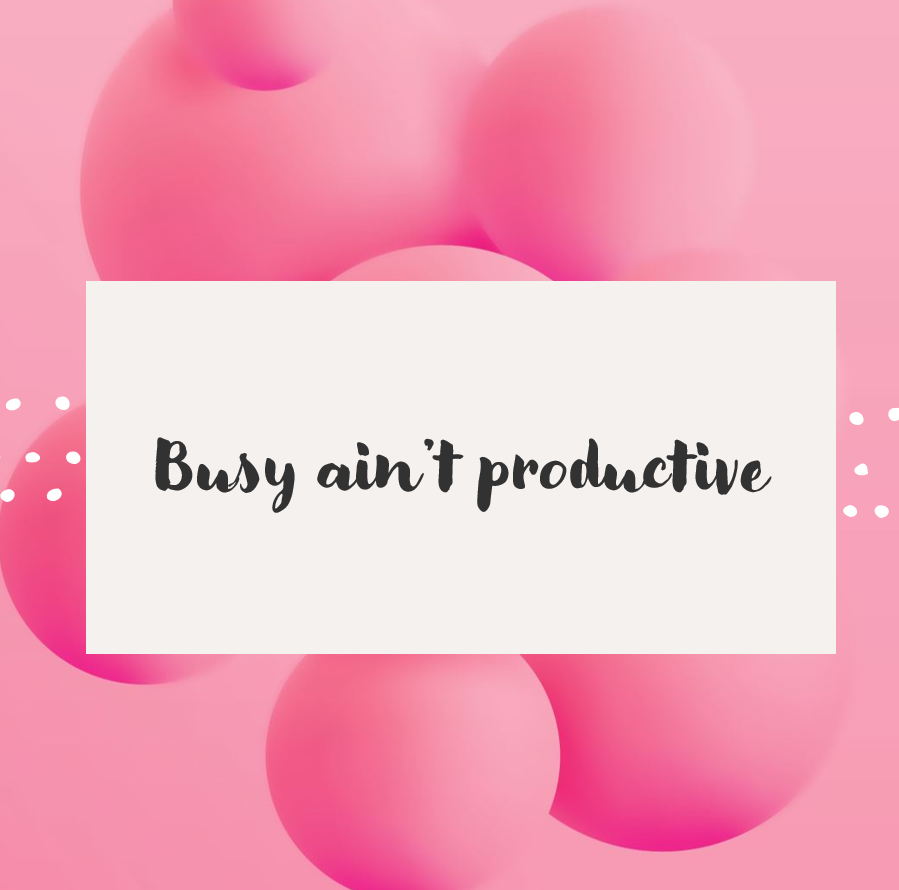
If we now consciously think about how we want to work (and let’s assume we want more “productive” and less “busy”), we will have some principles:
- we will only have a few priorities
- we will distinguish between our different hats/workloads/use cases
- we will not try to multitask nor to quickly task-switch
- we will be conscious about our commitments so that we can still handle our workload
If we now only have a few priorities, we will be more easily able to let stuff go, or in this case: close a tab, even if it MIGHT be a useful resource for later. We will learn to focus on the essential things.
We will use smart tech to group the tabs that we need for the different workloads, which will also prevent us from multitasking:
I work with Microsoft Edge browser, and I love collections. If you don’t know what a group is, here is the quick intro: A collection is a set of websites that can be opened in different browser windows.
Once you are done with a workload represented by this collection, you close the whole window. When I need to explain collections on a non-technical level, I always say: These are desks with all the working material you need to accomplish a specific task or group of tasks (similar to a Microsoft Teams channel). I have many collections, but for the sake of an example: one is a collection for managing the sticker-store, that I run together with Elio Struyf.
- newsletter tool
- SharePoint site
- order management tool
- shop itself
- social media tool
Why I organize my workloads in collections? So that I can consciously decide which kind of task I want to spend time on instead of chaotically jump from task to task and from tab to tab. The consciousness is the crucial part of that. I work with Microsoft To Do for my personal task management, and I commit each morning to just a few tasks. During the day, I will only open those tabs (organized in collections) to accomplish the task. Whenever I randomly open other sites, I can be sure that I am procrastinating what I should do right now and take a break.
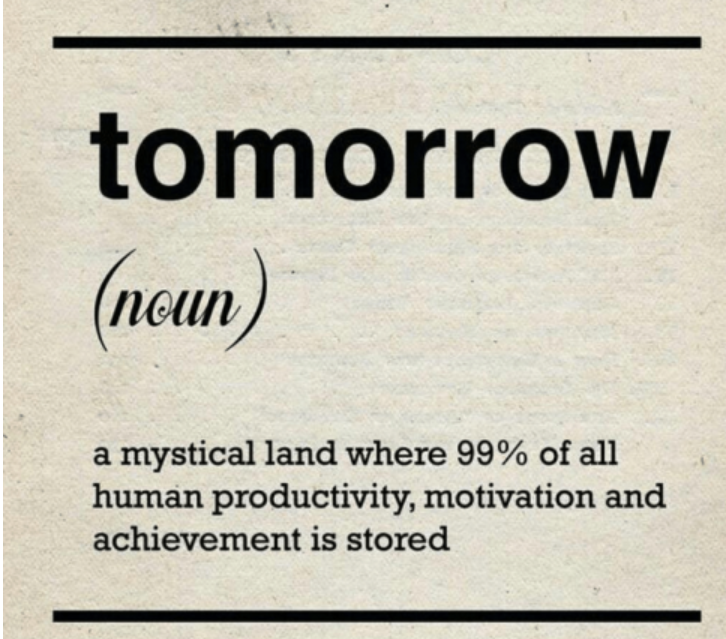
Two more cool things about Edge collections: They are stored in the user profile and sync – when you are logged in – across your devices. If you now combine this with the multiple profiles feature you will turn your browser into a focus-machine! As a consultant, I work in different tenants of my customers and profiles make it easy for me to switch between them. When I now sync the collections in my profiles to my phone or second laptop, I can really work seamlessly.
When I stumble upon a site that MIGHT be interesting, I put it into a collection “review” and I have a weekly task on reviewing that collection. Nothing is allowed to stay there: either the site becomes a valuable content resource – then I will store it in another collection, or I can let it go. This ensures, that I don’t hoard websites just because I can.
Conclusion & What’s next
There is no short tour to let stuff go, but we can use tech to stay focused, prioritize easier and be productive instead of just busy. I would love to hear how you manage your tabs and thought and digital clutter. As this is part 2 of a series about digital clutter, please stay tuned for the next part!
You May Also Like
Let it go – digital clutter
Apart from dresses and shoes, I don’t like to own much stuff; I prefer to have only things that relate to who I am as a person, and I can easily detach emotionally and get rid of things. Reading and …
my 2020 or jumping into the next rabbit hole
2020-WHAT. A. YEAR. This was a special one for me, like for so many of us. When we were still traveling and making big plans in the first weeks of 2020, no one had a clue that we all would be sitting …
How to avoid overcommitting
Intro Besides my work as an independent consultant and low code developer, I do a lot of community work. I am an active Microsoft MVP, new member of the PnP team, run a blog, am a speaker at …

